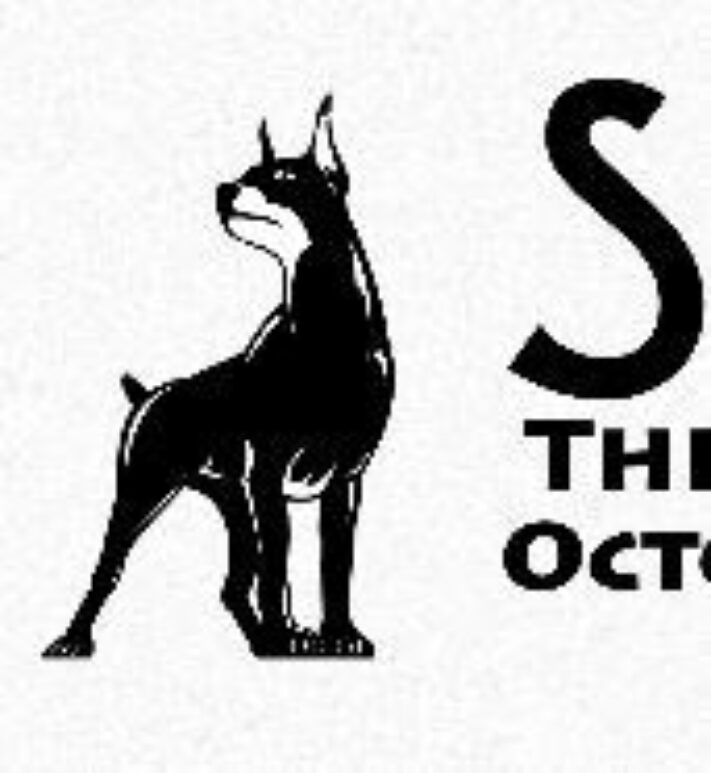Course Description
Often our skills in computers and controlling the magic box that so many people are in awe of, makes family, friends and sometimes our employers believe we are capable of doing anything computer related equipment. As the expert everyone believes you are, sometimes you are handed a dead hard drive with the expectation that you can somehow retrieve his/her precious data. You feel obliged to try, and we all want to be the hero saving what they claim is their life’s work on these storage devices.
Trying to help, you plug in the hard drive and it didn’t mount? Maybe while booting your computer you noticed that their drive is not showing up in the bios and you still don’t have access to the drive? What’s next? What else can you do to get access and save the life from this damaged non-working drive.
Running a data recovery company, every day I speak with people that believe a hard drive must show up in the bios to be able bring back their data. This is absolutely not true. There are special ways to access the data, the controller on the hard drive, repair the damaged boards, and even to adjust heads by turning off damaged ones, copying all the data from the good platters before dealing with the damaged heads.
Even forensic examiners who have been imaging hard drives for years, are still missing some of the most important items. Flat out, you all are doing it wrong.
Forensic imaging tools have one purpose, to soundly copy every sector on a device to a destination device and report success or failure without changing data. Many forensic tools have not progressed in the last 20 years and continue to use the same basic code for imaging a drive. When encountering damage many of the tools have no ability to deal with the damage and quit, crash, or worse; do more damage to the drive they are trying to recover from. Imaging damaged drives are where forensic tools are delivering the most disappointing results. When comparing forensic imaging to data recovery imaging the results are an embarrassment to the forensic community. Data recovery imaging tools have some very advanced functions and capabilities for imaging damaged hard drives and damaged sectors that forensic tools are incapable of finishing.
What You Will Learn
During these two days of training, we will focus on hard drive triage for damaged malfunctioning drives. We will focus on basic repairs of board, understanding the different types of problems that occur on 70% of hard drives and how to fix them. You will gain an understanding of how the hard drive actually works, where certain pieces of data are stored and how to solve drives that won’t mount and what is actually possible. You will get a sample of what it is like to live and work in a data recovery company and get a glimpse of the tools we use and how they work.

Instructor
Scott Moulton is known both for his trademark 'Forensic Unit' hat and his unholy knack for finding new data recovery techniques the other experts don't want you to know. Scott is owner of both My Hard Drive Died.com and Forensic Strategy Services and fills his days recovering data from all kinds of storage devices, testifying in court, and teaching others to do data recovery. Scott teaches a full 5 Day Forensic Bootcamp Data Recovery Class that includes advanced repairs of badly damaged drives, head and platter replacements as well as all the tools used by Data Recovery and Forensic shops. You can learn more about this and see DIY videos on www.MyHardDriveDied.com.
